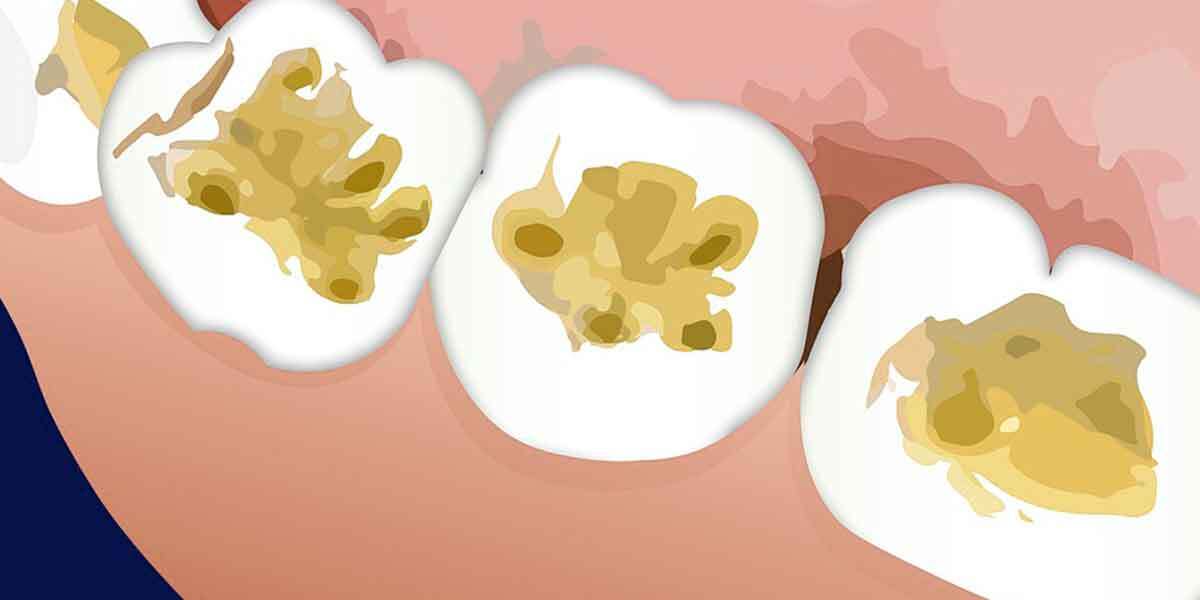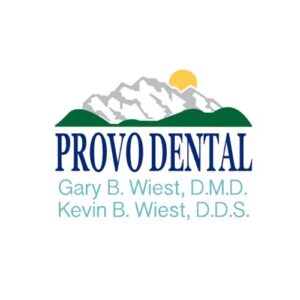Author: nearmedental
Any dental operations used to repair the structure and functionality of your teeth are restorative dental procedures. It can include a variety of treatment choices. To determine if you need restorative dental procedures and services, you must first understand the services and their benefits.
Restorative dentistry refers to any dental procedure focusing on restoring and repairing the damaged oral components. It can encompass a variety of services such as dental fillings, bridges, and implants, among others. Restorative dental procedures exclude procedures that are aesthetic, such as veneers or whitening.
Standard Restorative Dental Procedures:
- Cavity Filling: It is the most common restorative dental procedure. Germs burrow into your tooth’s enamel (the hard outer layer) and produce a hole (known as a cavity).
The dentist will remove the damaged area of the tooth and fill the hole with composite material, matching the color of your tooth. It is the process of a cavity filling operation. The filling will then help to avoid bacteria from infecting the tooth.
- Root canal: It is a procedure for removing the roots of a cavity when it becomes deep enough into a tooth and exposes the fragile pulp inside. The procedure is a root canal operation. Following a tooth injury, a root canal may be necessary. The tooth’s internal part gets infected, thus necessitating a root canal.
The dentist will scrape out all the soft pulp from within the tooth and the root canal, wash the infection and fill a composite material inside the tooth. The material is like that used in cavity fillings during a root canal operation. The tooth is then safe once its inside gets filled since it can no longer become infected.
- Crown: A crown can strengthen a tooth that has been injured in some way, such as by severe decay or a crack or break (otherwise known as a cap). The dentist shaves the top of the tooth and fits a crown over it in a crown placement process. The crown has the same appearance and function as your native tooth, preserving the natural root.
- Dental implant: It is a device that replaces a missing dental implant or a lost tooth. It can also replace a tooth that needs to be pulled owing to significant decay or destruction. A dental implant refers to a tooth replacement including both the crown and the root.
The implanted root has titanium, a biocompatible metal that forms a strong link with the jaw bone. Next, a crown gets affixed to the top of the root, which is surgically implanted in the jaw. The entire implant appears and works exactly like a natural tooth. Thus it is the greatest tooth replacement alternative. Besides, dental implants are helpful in holding the bridges and dentures in place.
- Bridge: A dental bridge is a prosthetic tooth, held in place by two crowns. A bridge can sometimes include several teeth in a row. Crowns or dental implants hold the bridge in place. Crowns are placed over the existing teeth on each side of the bridge. The bridge stays over the gums and is devoid of a root.
- Dentures: Dentures are a substitute alternative if you don’t have enough healthy teeth in your mouth to function. Dentures are often made up of an entire arch of teeth. Suction or adhesives can help secure removable dentures to the gums. Implant-supported dentures (also known as snap-on dentures) get maintained in the jaw by a few dental implants.
What Are The Benefits Of Restorative Dental Procedures?
Keeping teeth straight is easier when empty spaces in the mouth get filled. Missing teeth can affect your health, looks, and self-esteem. Also, replacing teeth makes it easier to maintain good oral hygiene habits. It thus helps avoid plaque build-up and the problems that plaque can cause.
Before Restorative Dental Procedures, What Happens?
The procedures preceding a dental repair vary according to the restoration type. Brush and floss your teeth before any operation to keep them as clean as possible. During a routine cleaning, the dentists detect cavities and then make an appointment for placing the fillings. During a preliminary visit for restorative dental procedures, they will measure your jaw and mouth and then create a model for your jaw.
Final Words:
Before going for any medical procedure, including restorative dental procedures, it is essential for you to have a brief understanding of the procedure and how to be well prepared for it in advance. It will save you from any last-minute hassles and ensure that you have the best restorative dental procedures experience.



